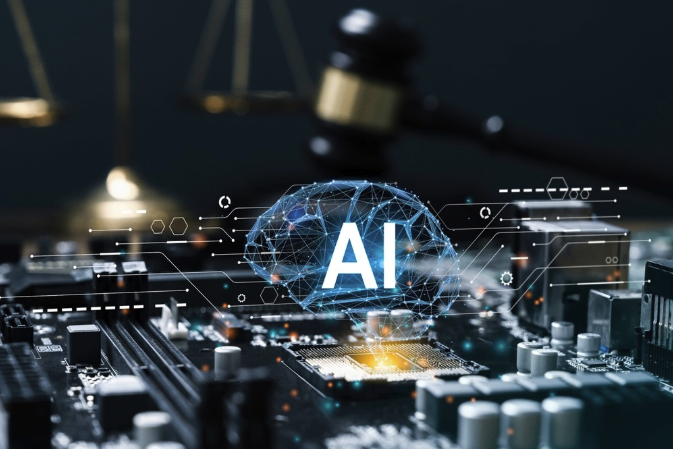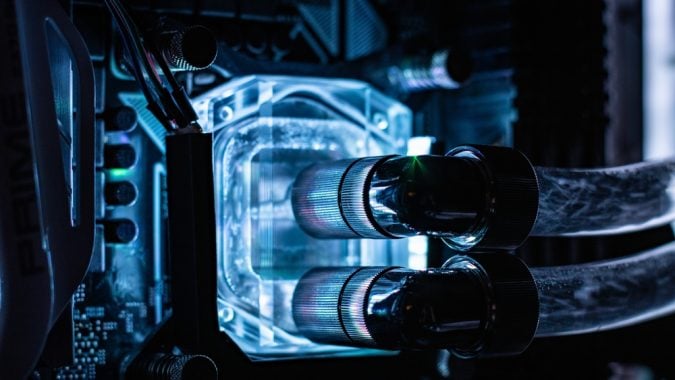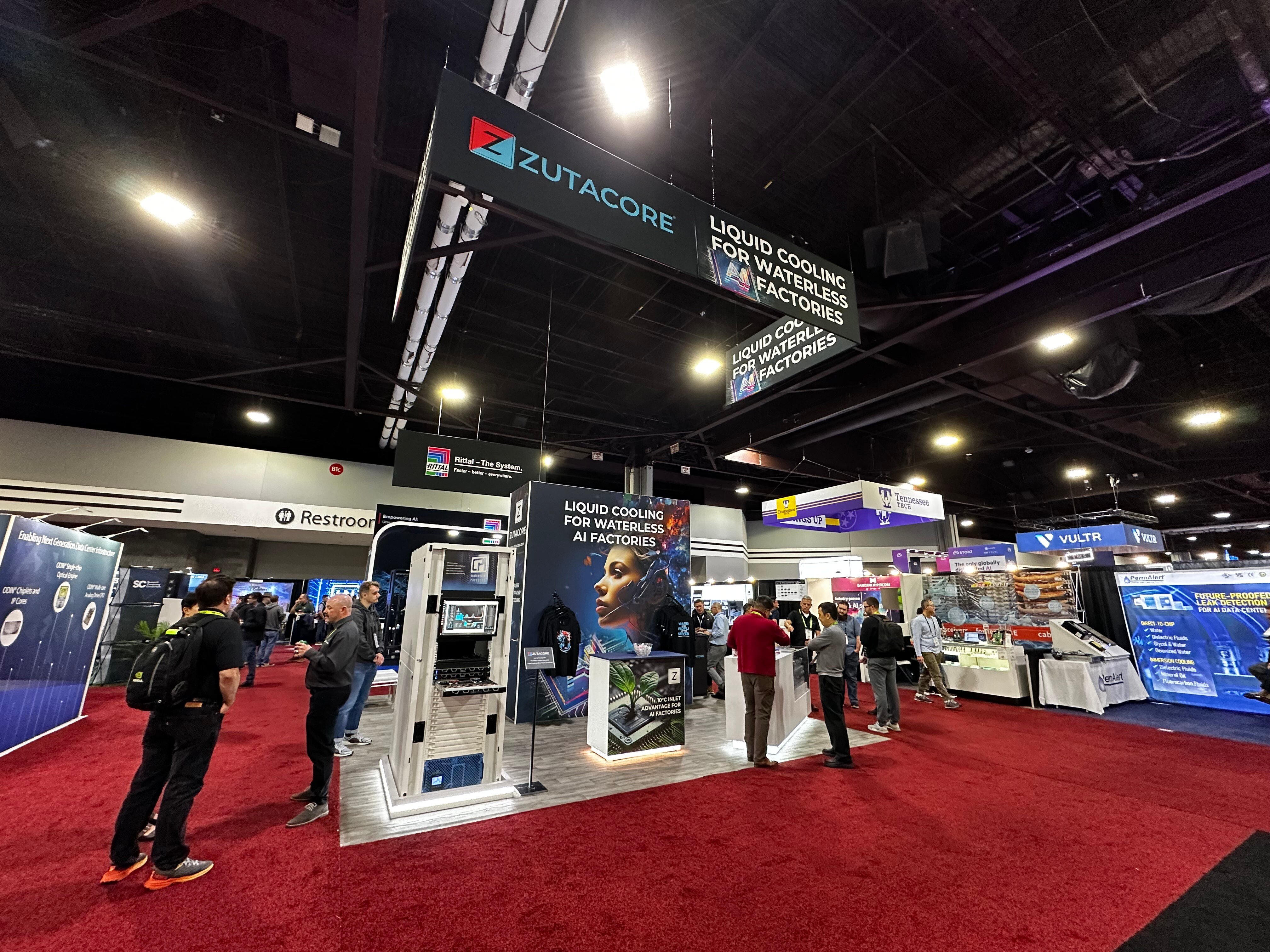1 min read
Unlocking the Future of AI Cooling: Two-Phase, Direct-to-Chip Liquid Cooling
As AI superchips push the boundaries of power and performance, the heat they generate is becoming a critical challenge for data centers. With...
2 min read
 Alison Deane
:
Jul 24, 2025 5:19:42 AM
Alison Deane
:
Jul 24, 2025 5:19:42 AM

“GenAI is the new engine that will fire investments to edge data centres.”
— Rajiv Ranjan, IDC India
As India experiences explosive demand for AI infrastructure, a geographic shift is taking place—from dense metros to ambitious Tier 2 and 3 cities like Nagpur, Kochi, Raipur, and Lucknow. This evolution, recently highlighted in The Economic Times, reflects both an opportunity and a challenge: to bring powerful AI compute closer to the user, while addressing the unique infrastructure limitations of smaller cities.
AI workloads—particularly inferencing—are increasingly latency-sensitive and require local processing power. Traditional metro hubs are congested, costly, and resource-strained. Tier 2 and 3 cities, meanwhile, are being propelled by:
State-level incentives (e.g. subsidies, tax breaks, talent reimbursement)
Land availability and lower operational costs
The need for AI at the edge in sectors like healthcare, manufacturing, and logistics
But edge locations bring their own set of challenges:
Limited access to grid redundancy and cooling infrastructure
Power- and water-sensitive environments
Gaps in technical talent and network connectivity
To scale AI responsibly and efficiently in these environments, thermal design must be rethought from the ground up.
Here’s how we're enabling smarter, more sustainable edge deployments with direct-to-chip waterless liquid cooling:
With high-power AI chips, cooling is no longer optional—it’s a performance limiter. Waterless Direct-to-chip cooling delivers instant, uniform thermal control that allows more GPUs to be packed into smaller spaces—translating directly to more tokens per second. As NVIDIA’s Jensen Huang noted, throughput is now tied to how well we cool.
ZutaCore’s systems operate with warmer inlet water, meaning data centers can reduce or eliminate chillers altogether—saving significantly on CapEx and OpEx. Less infrastructure, fewer moving parts, more reliability.
By using a closed-loop system, our cooling approach can enable completely waterless deployments when paired with dry coolers. This is crucial for cities with limited or unreliable water supply. See our live demonstration with Munters for how this works in real-world conditions.
A measured PUE of 1.03—combined with energy reuse capabilities—proves that sustainability doesn’t have to come at the expense of performance. As AI infrastructure spreads into new geographies, these efficiency gains become essential, not optional.

The rise of the AI edge isn’t a future forecast—it’s happening now. But for India’s digital ambitions to thrive outside metro hubs, we need infrastructure that performs under pressure—and adapts to its environment.
At ZutaCore, we’re proud to help make this next chapter possible: smarter, greener, and ready for AI—wherever the edge takes us.
To learn more about how we’re enabling edge AI infrastructure, contact us
Edge data centers in Tier 2 and 3 cities often struggle with limited power capacity, poor grid redundancy, water scarcity, and other infrastructure issues that come along with a less central location. These kinds of constraints make traditional air or water-based cooling systems inefficient or even completely infeasible.
Yes. A waterless direct-to-chip liquid cooling system uses a closed-loop system with dielectric heat transfer fluid. You can achieve full liquid-cooled operation with no reliance on a facility water loop. This is an ideal approach for locations with restricted water access, and it protects natural resources while cutting your operational costs, too.
Waterless cooling reduces energy overhead by eliminating chillers and rejecting heat directly at the chip. You can reduce measured PUE to as low as 1.03 with a waterless liquid cooling system, even in edge environments where efficiency is harder to achieve.

1 min read
As AI superchips push the boundaries of power and performance, the heat they generate is becoming a critical challenge for data centers. With...

1 min read
The data center industry is evolving rapidly, and liquid cooling is at the forefront of this transformation. With processors becoming more powerful...

2 min read
All eyes were on the ZutaCore® booth at the 2024 Supercomputing Conference ( SC24.) In the weeks leading up to this show, NVIDIA’s Jensen Huang was...